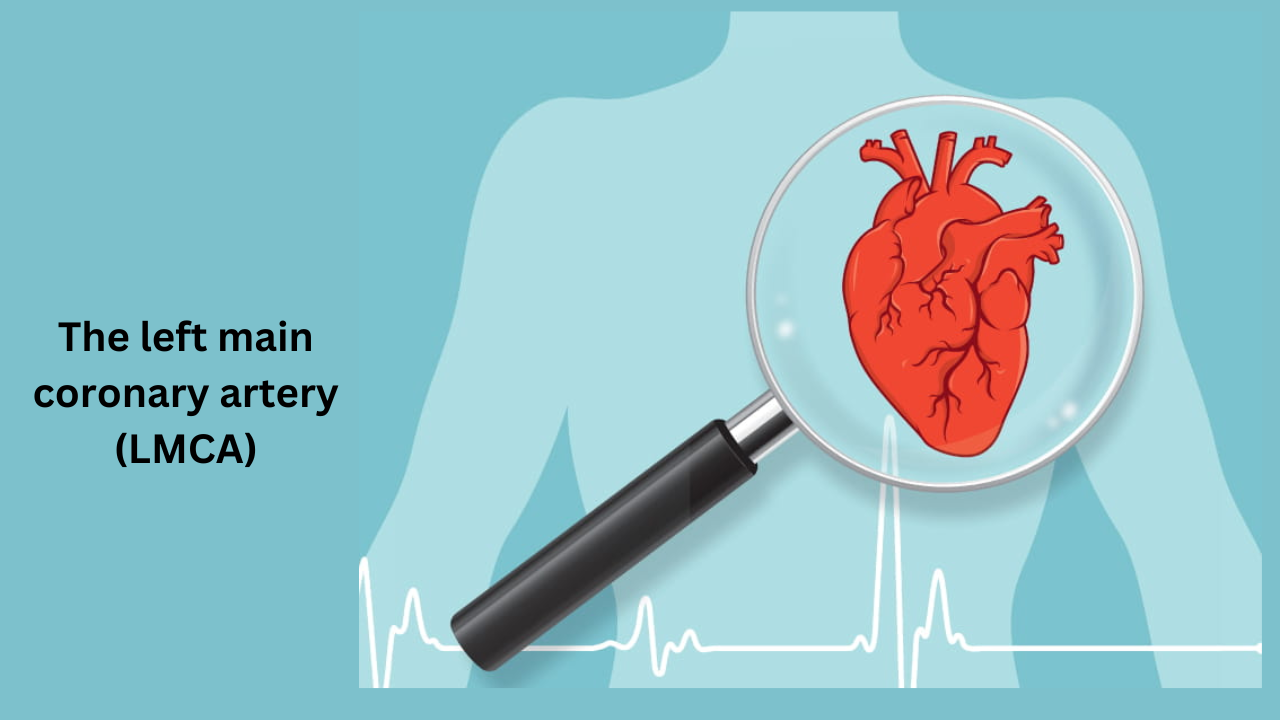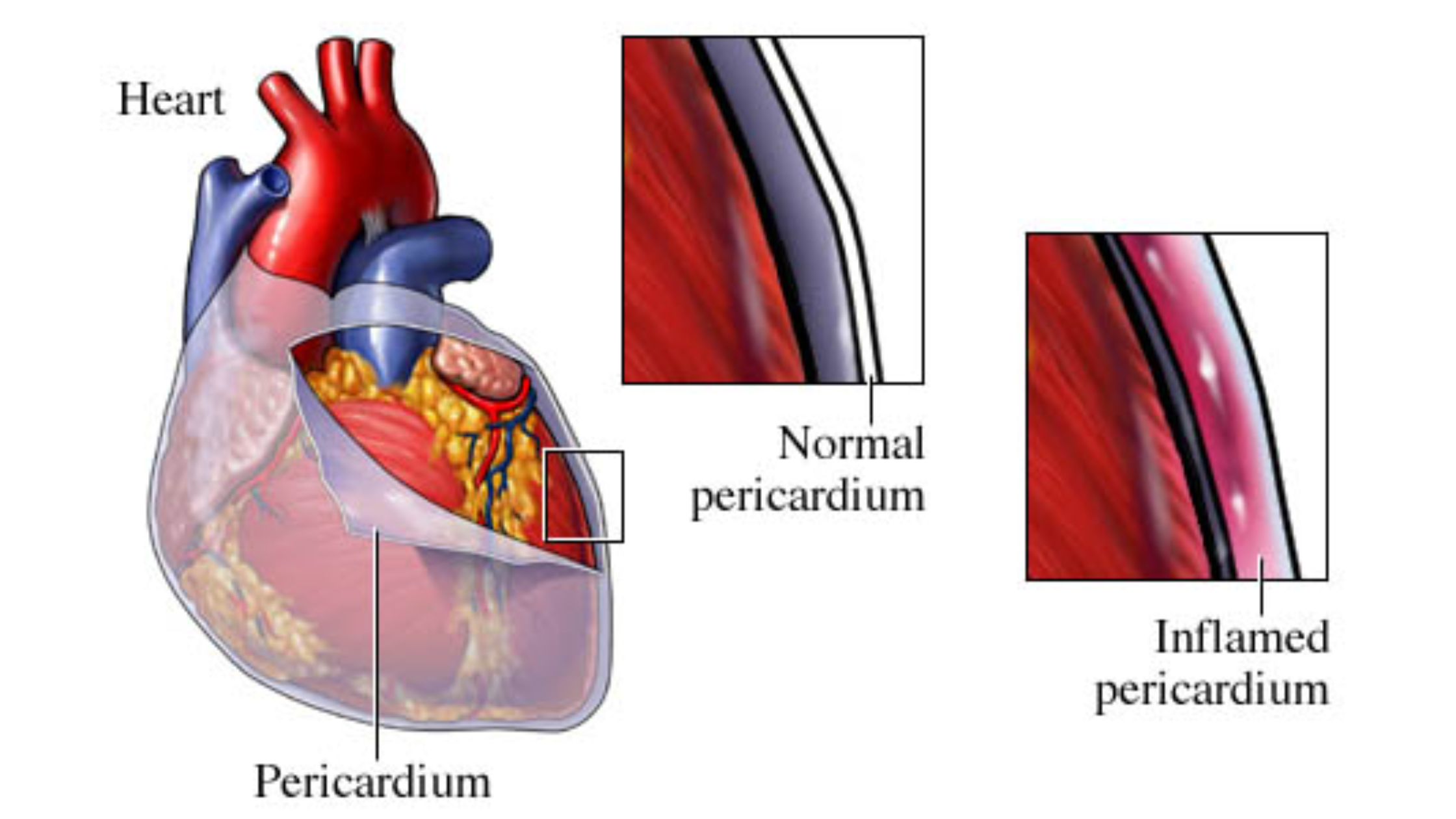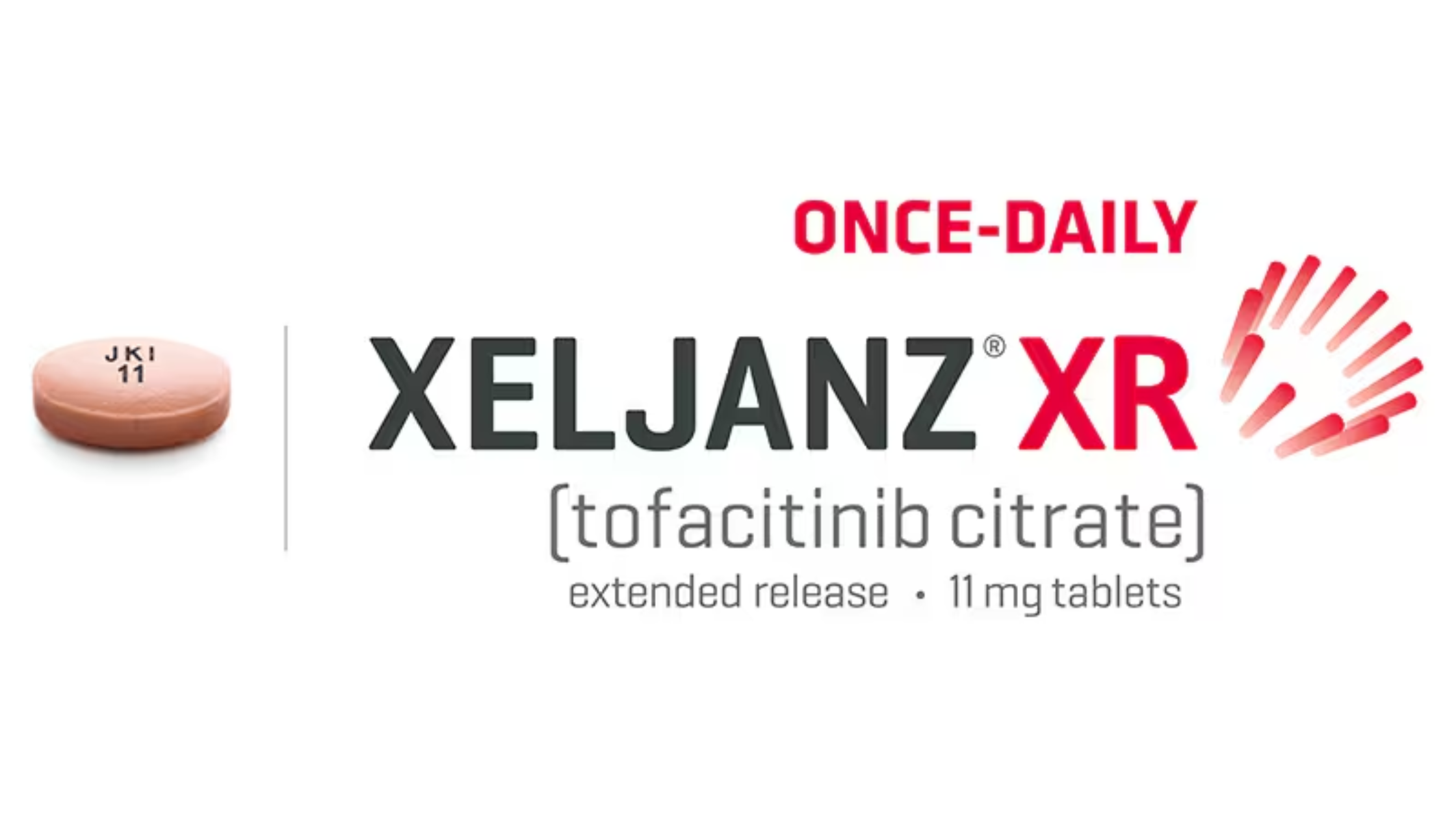Last updated on May 21st, 2025 at 10:11 am
Left main coronary artery (LMCA) is one of the most critical arteries in the human heart. It supplies oxygenated blood to a significant portion of the myocardium, making any blockage or disease in this artery a life-threatening condition. Understanding LMCA disease and its interpretation on an electrocardiogram (ECG) is crucial for early detection and treatment.
This guide will explore the anatomy of the left main coronary artery, its clinical significance, common diseases, and how ECG findings can indicate LMCA involvement.
Anatomy of the Left Main Coronary Artery
The left main coronary artery (LMCA) originates from the left side of the aortic root and bifurcates into two major branches:
- Left Anterior Descending (LAD) Artery – Supplies the front wall of the heart and the septum.
- Left Circumflex (LCx) Artery – Supplies the lateral and posterior walls of the left ventricle.
In some cases, a third branch, known as the ramus intermedius, may also arise from the LMCA.
The LMCA plays a critical role in supplying oxygen-rich blood to approximately two-thirds of the heart, making it one of the most important vessels in cardiac circulation.
Left Main Coronary Artery Disease (LMCAD)
What is LMCAD?
Left main coronary artery disease (LMCAD) occurs when the LMCA becomes narrowed or blocked due to atherosclerosis, leading to reduced blood flow to the heart muscle. Since this artery supplies a large portion of the myocardium, significant obstruction can cause severe ischemia, increasing the risk of heart attack, heart failure, or sudden cardiac death.
Symptoms of LMCA Disease
- Chest pain (angina) or tightness
- Shortness of breath
- Fatigue
- Dizziness or fainting
- Cold sweats and nausea
Risk Factors for LMCA Disease
- High blood pressure (hypertension)
- High cholesterol (hyperlipidemia)
- Smoking
- Diabetes
- Obesity
- Sedentary lifestyle
- Genetic predisposition
Diagnosis of LMCAD
- Electrocardiogram (ECG)
- Coronary angiography
- Echocardiography
- CT coronary angiogram
- Cardiac stress testing
ECG Findings in Left Main Coronary Artery Disease
How Does ECG Help Detect LMCAD?
An ECG (electrocardiogram) is a primary diagnostic tool that detects electrical activity in the heart. In cases of left main coronary artery disease (LMCAD), the ECG can reveal significant changes that indicate myocardial ischemia or infarction.
Key ECG Findings Suggestive of LMCA Involvement
- ST-Segment Elevation in aVR and V1
- A key finding in severe LMCA disease is ST-segment elevation in lead aVR.
- ST elevation in aVR >1 mm, especially when accompanied by widespread ST-segment depression in other leads, strongly suggests left main coronary artery occlusion.
- ST elevation in V1 may also be seen in some cases.
- Widespread ST-Segment Depression
- Diffuse ST depression in leads I, II, III, aVF, V3-V6 is a common marker of global ischemia caused by significant LMCA stenosis.
- T-Wave Inversions
- Deep T-wave inversions in anterior and lateral leads can indicate ischemia or critical stenosis in the LMCA.
- QT Prolongation
- Prolonged QT interval can be observed in severe ischemic conditions, suggesting inadequate myocardial oxygenation.
- Electrical Alternans (Low-Voltage QRS Complexes)
- In rare cases, alternating QRS amplitude (electrical alternans) can be seen due to myocardial compromise in severe LMCA disease.
Management and Treatment of LMCA Disease
Emergency Management
In cases where LMCA occlusion is suspected, immediate intervention is necessary to prevent cardiac arrest or massive infarction. Emergency treatments include:
- Oxygen therapy (for hypoxia)
- Nitroglycerin (for vasodilation)
- Antiplatelet therapy (Aspirin, Clopidogrel)
- Anticoagulation therapy (Heparin, Enoxaparin)
- Beta-blockers (for heart rate control, if no contraindications)
Definitive Treatment Options
- Percutaneous Coronary Intervention (PCI) with Stenting
- A stent is placed to reopen the artery and restore normal blood flow.
- Coronary Artery Bypass Grafting (CABG)
- In severe cases, open-heart surgery may be needed to bypass the blocked LMCA and restore circulation.
- Lifestyle Modifications
- Smoking cessation
- Regular exercise
- A healthy diet (low-fat, low-sodium, heart-healthy foods)
- Weight management
- Medications
- Statins (to reduce cholesterol buildup)
- ACE inhibitors/ARBs (for blood pressure control)
- Beta-blockers (to reduce heart workload)
- Antiplatelets (to prevent clot formation)
The left main coronary artery is a vital part of the heart’s circulation, and any blockage in this artery poses a serious threat to life. ECG findings, particularly ST elevation in aVR with widespread ST depression, can provide early warning signs of LMCA disease, prompting immediate medical intervention.
Your Key Takeaways
✔️ LMCA supplies the majority of the heart’s oxygenated blood ✔️ Severe LMCA disease can lead to sudden cardiac arrest ✔️ ST elevation in aVR + widespread ST depression = LMCA involvement ✔️ Early detection via ECG and angiography is critical ✔️ Treatment includes stenting (PCI) or bypass surgery (CABG)
If you experience chest pain, dizziness, or breathlessness, seek medical help immediately. Early diagnosis and treatment can save your life.
What You Might Be Asking
1. Can you live with a blocked left main coronary artery?
- A complete blockage is life-threatening and requires emergency treatment. Partial blockages can sometimes be managed with medications and lifestyle changes, but severe cases require stenting or bypass surgery.
2. How is LMCA disease diagnosed?
- Through ECG, coronary angiography, and stress testing.
3. What is the best treatment for LMCA occlusion?
- PCI with stenting or CABG surgery, depending on severity.
4. Why is ST elevation in aVR important?
- It indicates proximal coronary artery occlusion, often involving the LMCA, which can be fatal if untreated.
Stay informed and prioritize your heart health! Medical Antidote.




